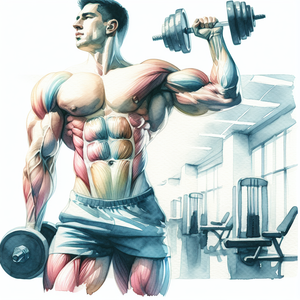
Dr. Muscle: The AI Workout App With 27+ Features You Won't Find Anywhere Else
Built by exercise scientists, updated 50+ times per year—from automated progressive overload to daily undulating periodization, here's what makes Dr. Muscle different and better at getting you in top shape fast







